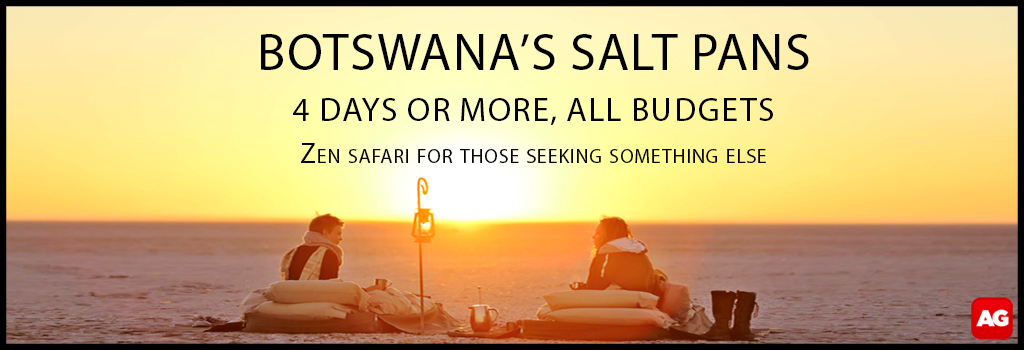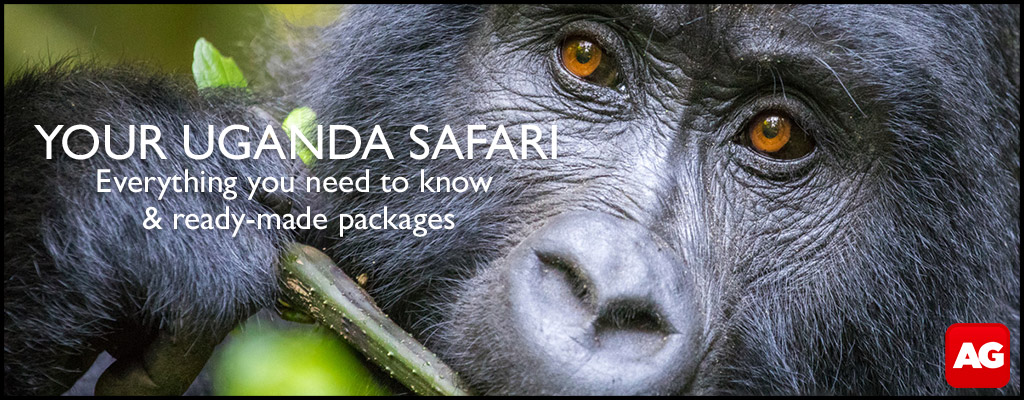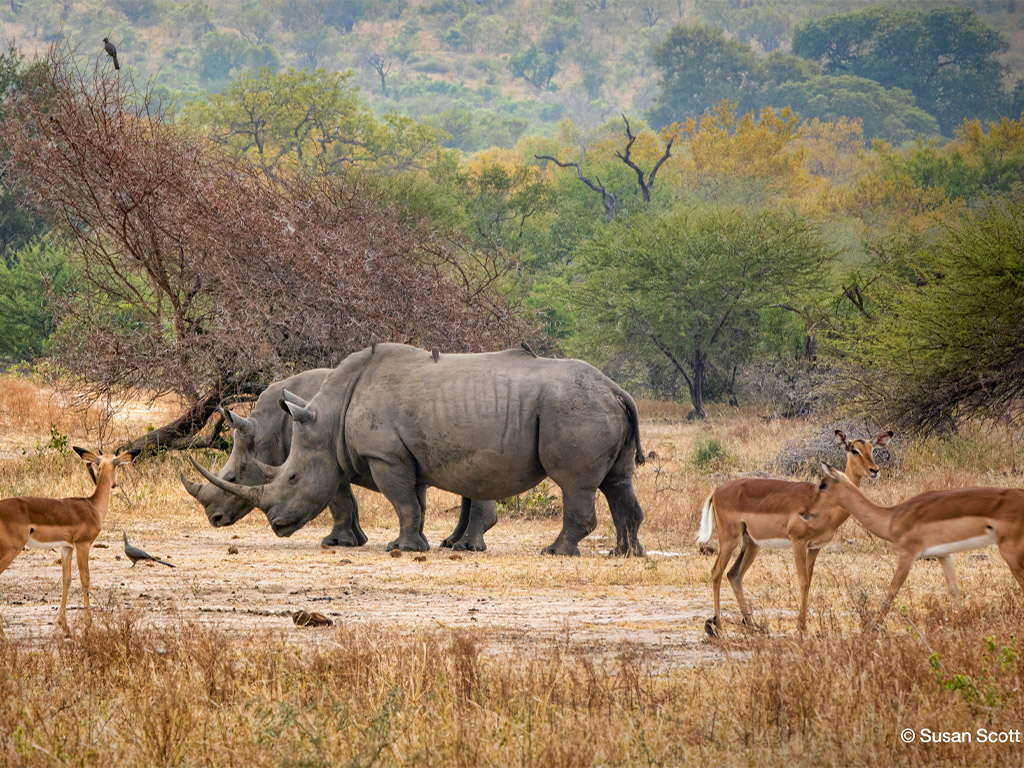
Yesterday South Africa’s government released the 2019 rhino poaching statistics via an update to the website of the Department of Environment, Forestry and Fisheries (DEFF).
We interrogate the stats, with revealing graphs and intriguing questions.
During the time of former Minister of Environmental Affairs Dr Edna Molewa (now deceased), the department used to hold several press briefings a year, allowing us to study the stats and ask questions directly to the Minister and her assembled panel of experts and ministers from the security cluster. The rhino poaching crisis isn’t just for DEFF to handle; our government has defined rhino poaching as a trans-national crime, requiring all aspects of enforcement to be involved.
These press briefings do not happen anymore. Now, all we get is a brief press release surreptitiously loaded onto the DEFF website. And so, in the absence of direct communications with relevant experts, we are forced to ask questions in this manner and to speculate about what is going on. Amanda Watson, who has been reporting on rhino matters for The Citizen for many years, wrote an article outlining how serious this speculation has become. Simon Espley, CEO of Africa Geographic, expressed a similar sentiment last year when he publicly challenged Minister Barbara Creecy to reveal how many rhinos we have left. She did not reply.
It’s probably uncomfortable for DEFF to address some of the issues at play; but that is the role of the media industry – to get to the real story. This press release was dropped on us with no warning and, predictably, most news media have chanted praise for the perceived success of a “decline” in rhino poaching. Sipho Kings, editor of the Mail & Guardian recently sent out tweets criticising news outlets for just printing press releases as news, and he’s right… some digging needs to be done.
It’s unfortunate that DEFF’s brief press release, which is meant to be a thorough analysis of the past year, omitted several significant developments. Examples include concerning politics surrounding rangers, dismissal/disciplinary hearings of seemingly competent senior members of SANParks staff, the loss of the RhODIS contract, the possible closure of the Skukuza Court, a growing impatience from rhino farmers threatening to sell their horn stock and international gatherings like CITES that took place.
And so, let’s do some digging…
Does the ‘decline’ in poaching reflect success?
“A decline in poaching for five consecutive years…” – Minister Barbara Creecy, DEFF Press Release
Official rhino poaching statistics put the number of rhinos poached in South Africa in 2019 at 594. This is a decline from 769 in 2018. BUT without the census results from the Kruger National Park (home to the largest number of rhinos in the world), we cannot be sure what this means. When Bonné (de Bod) phoned the DEFF spokesperson yesterday to ask about the latest rhino population figures, she was directed to SANParks, who said they would check and get back to us. We know from years prior that SANParks cannot release the results without the Minister’s approval. And let’s not forget that we are still waiting for last year’s census results.
So just to be clear, we have not had population stats since the 2017 census – which we actually filmed, to obtain footage for STROOP! So complicated is the rhino counting procedure in Kruger that we ended up not including our footage in the film, but witnessing the process was humbling. Counting rhinos from the air is hard work, and a dedicated team is performing this tough task. However, something is getting lost from the effort on the ground to the paperwork on the department’s desk. Rumours abound that two recent counts have been done in Kruger National Park and that results reflect a halving of the 2017 numbers. So we did some searching through scientific journals to find Kruger’s white rhino population figures and actual white rhino poached numbers from the last few years of official results to find out whether the reported decline in poaching has any validity.
What do the Kruger white rhino numbers tell us?
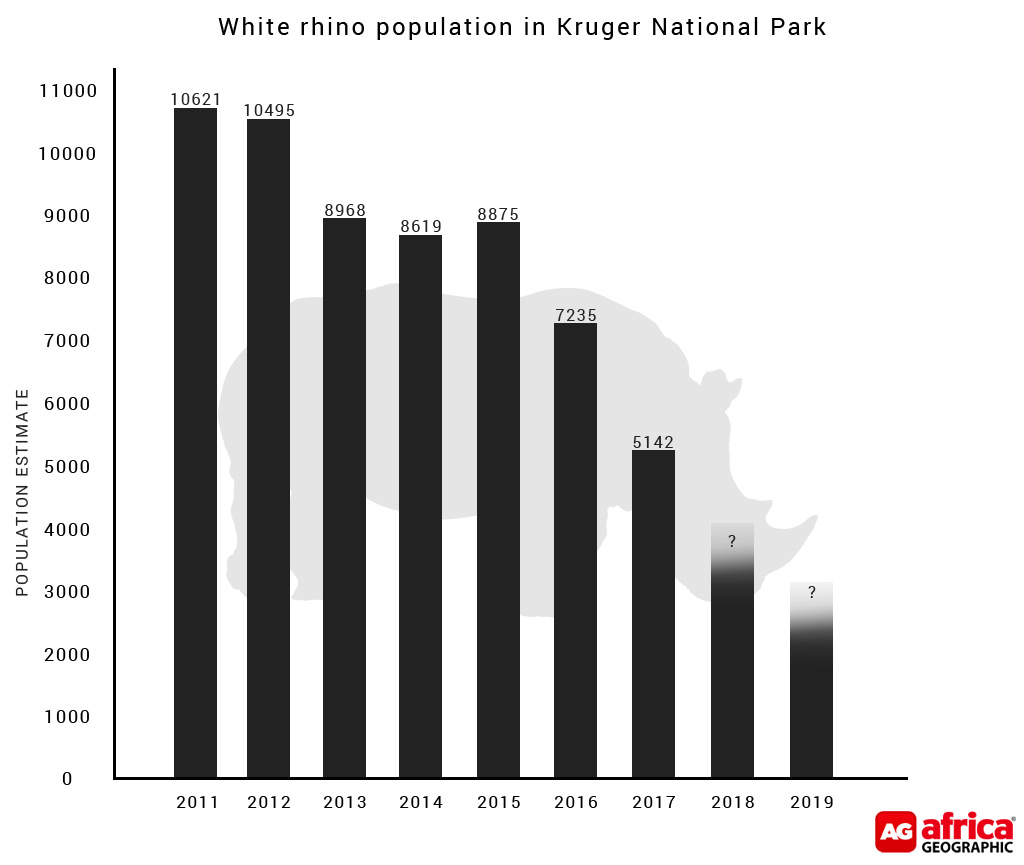
Looking at the above graph, the downward spiral in Kruger southern white rhino populations is apparent. Note that DEFF has refused to date to issue figures for 2018 and 2019. The more than 50% decline in our southern white rhino numbers in Kruger over 6 years (10,621 in 2011 to 5,142 in 2017) is massive, and we cannot slow down or pat ourselves on the back.
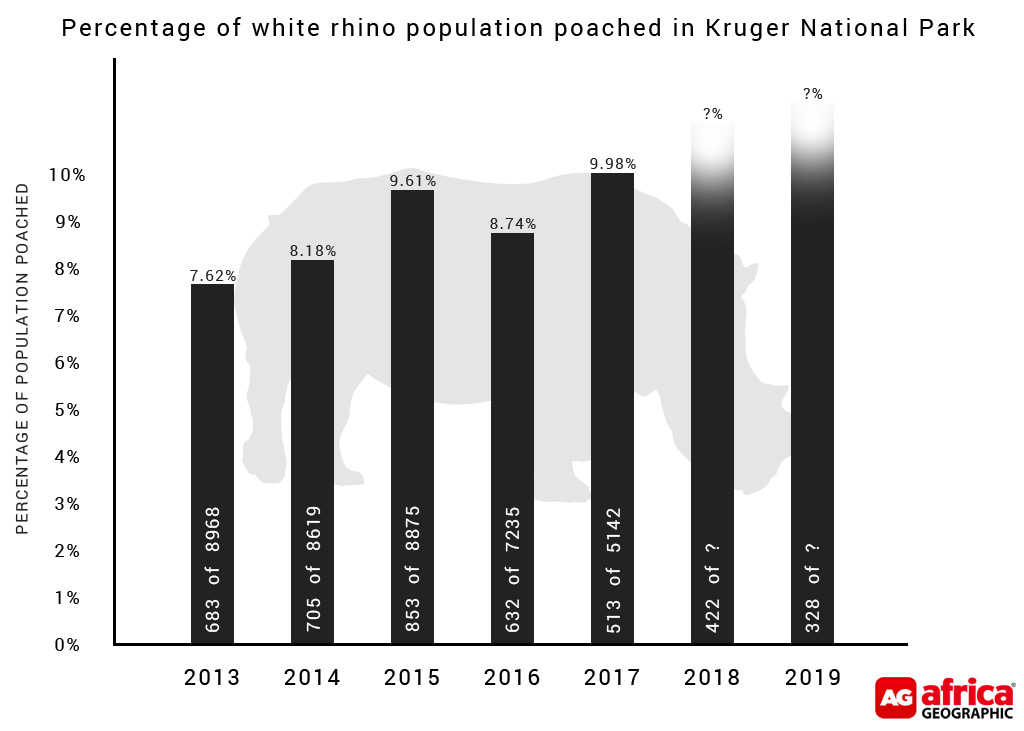
The above graph tells us that the proportion of rhino poached each year, as a percentage of the remaining population, is increasing. This reality is in stark contrast to the ‘good news’ from DEFF that nominal rhino poaching numbers are down. The DEFF press release ascribed the reduction in rhinos poached to several factors, but failed to mention what is arguably the main reason – that there are fewer rhinos left to poach.

The above graph really highlights the crisis at hand and points to another damaging factor – “collateral damage”. Collateral damage is the knock-on effect of losing a cow to poaching. One rhino cow not only removes her from the population but also all potential future rhinos birthed by her – which could be as many as a dozen. Births of Kruger southern white rhinos are estimated at over 900 per anum for 2013 and 2014; by 2017 they are down to just above 300 … That’s a dramatic drop and an indicator surely that things do not look good. If you factor in the drought that has plagued the region, and the impact that will have had on rhino births and natural deaths, we suspect that the current figures would shock us if they were revealed.
Does releasing rhino numbers benefit poachers?
A senior SAPS officer pulled us aside after a STROOP screening last year and pleaded with us to stop asking for the census results to be released. This person said that census results would educate poachers, and that information like this is, therefore, not for public consumption. Trust us, we get that, and we left a LOT out of STROOP for that very reason. But we also know what convicted poachers tell us – that the poaching syndicates have their tentacles stretching way into government’s bureaucratic system – they have full knowledge of how many and where the rhinos are. Also, it’s absurd to think that the public shouldn’t know living rhino numbers for safety reasons, because the IUCN’s African Rhino Specialist Group publishes living rhino numbers every three years and so do scientific journals on the internet, which is where this information is from.
“Rhino conservation targets are set around rhino population sizes and growth rates; it is important to survey populations frequently to detect statistical changes… and assessing the effectiveness of current management.” – Dr Sam Ferreira, Large Mammal Ecologist, SANParks – read more here.
What concerns us is the general perception that the DEFF announcement attempts to create and that major news media outlets and social media commentators broadcast without any research – that we can ease off the accelerator now that we are “winning the war on poaching”. We most certainly are not winning; the above graphs make that obvious.
We need to support the real heroes who risk life and limb every day of their lives to keep our rhinos safe. Our rangers, police, prosecutors, vets, private owners, orphan rehabbers deserve more than this.

To comment on this story: Login (or sign up) to our app here - it's a troll-free safe place 🙂.![]()
HOW TO GET THE MOST OUT OF AFRICA GEOGRAPHIC:
- Travel with us. Travel in Africa is about knowing when and where to go, and with whom. A few weeks too early / late and a few kilometres off course and you could miss the greatest show on Earth. And wouldn’t that be a pity? Browse our ready-made packages or answer a few questions to start planning your dream safari.
- Subscribe to our FREE newsletter / download our FREE app to enjoy the following benefits.
- Plan your safaris in remote parks protected by African Parks via our sister company https://ukuri.travel/ - safari camps for responsible travellers

